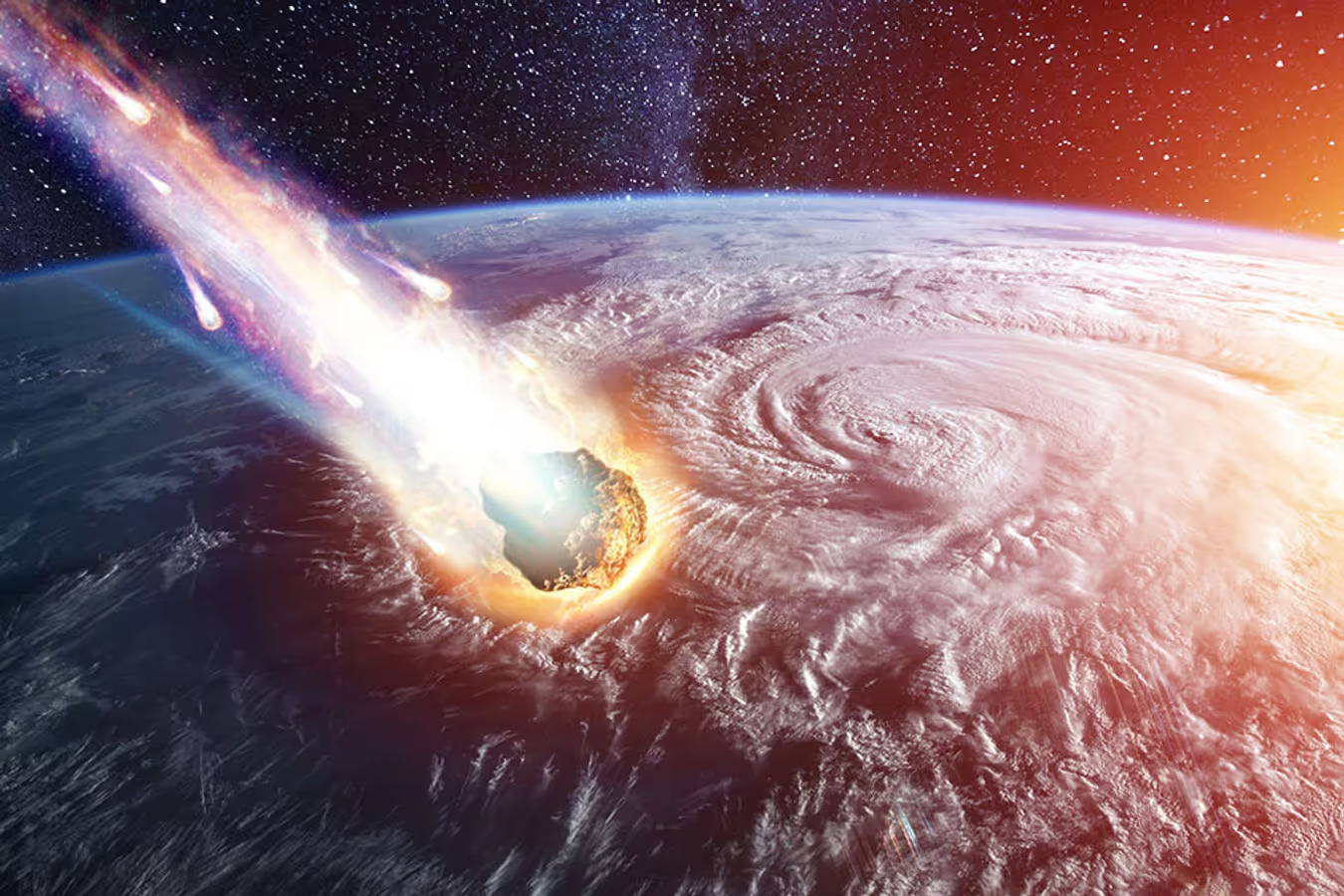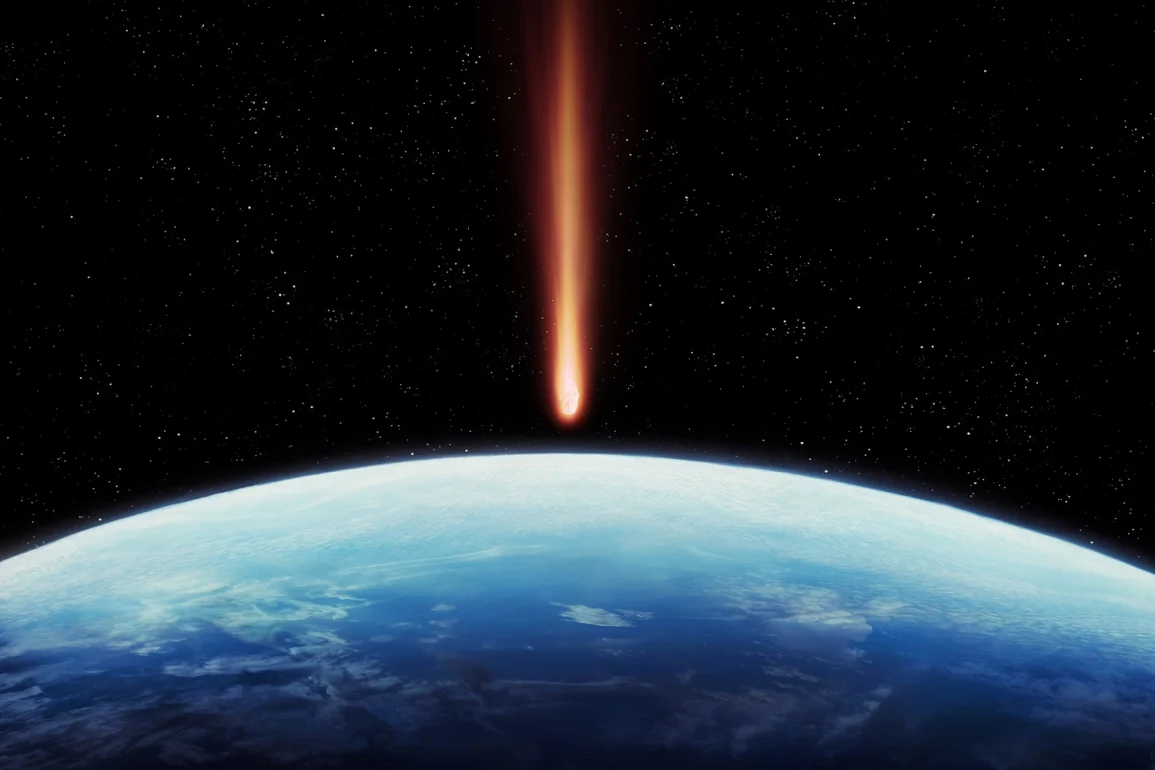Recent research suggests that a giant meteorite’s impact on early Earth may have inadvertently paved the way for the flourishing of microbial life, the only form of life present at that time. The study, focusing on a 3.26 billion-year-old impact, posits that the meteorite, which was significantly larger than the one that caused the extinction of the nonavian dinosaurs, created conditions that ultimately benefitted microbial life.
While the immediate aftermath of the impact was catastrophic, leading to widespread destruction, it also released vital nutrients that were essential for the survival and growth of these early organisms.
Lead author Nadja Drabon, an assistant professor of Earth and planetary sciences at Harvard University, emphasizes that the evidence indicates life has a remarkable resilience. After the destruction wrought by the impact, the environment underwent significant changes that may have been advantageous for the surviving microbial communities. The findings, published in the journal PNAS, highlight how environmental shifts following the impact fostered a more favorable habitat for life to thrive.

Drabon and her team investigated the geological evidence of the impact in South Africa, an area characterized by ancient rock formations that were once part of a shallow sea. They discovered tiny glass-like spherules formed by the intense heat of the meteorite strike, as well as conglomerates formed by debris from a massive tsunami generated by the impact.
The chemistry of the rocks provided insights into the nature of the meteorite itself, identified as a carbonaceous chondrite, which would have measured between 23 and 36 miles in diameter.
Despite being located far from the impact site, the effects were significant, resulting in a global tsunami and extensive atmospheric disturbances that would have obscured sunlight and heated the atmosphere to boiling temperatures.
These extreme conditions would have been devastating for any life in nearby shallow waters. However, within a relatively short time frame, the study suggests that life began to rebound and may have thrived due to the influx of essential elements released by the impact.
The researchers identified two critical nutrients that spiked in the aftermath of the collision: phosphorus and iron. Phosphorus, previously scarce in the oceans, was abundantly released from the impactor, which would have contributed significantly to oceanic nutrient levels.
Meanwhile, the mixing of the oceans due to the tsunami allowed iron from the deeper waters to reach shallower regions, further enhancing the environment for microbial life. This research sheds light on how frequent large meteorite impacts during Earth’s early history could have shaped the evolution of life, suggesting that while impacts are destructive, they can also create opportunities for life to adapt and flourish.

